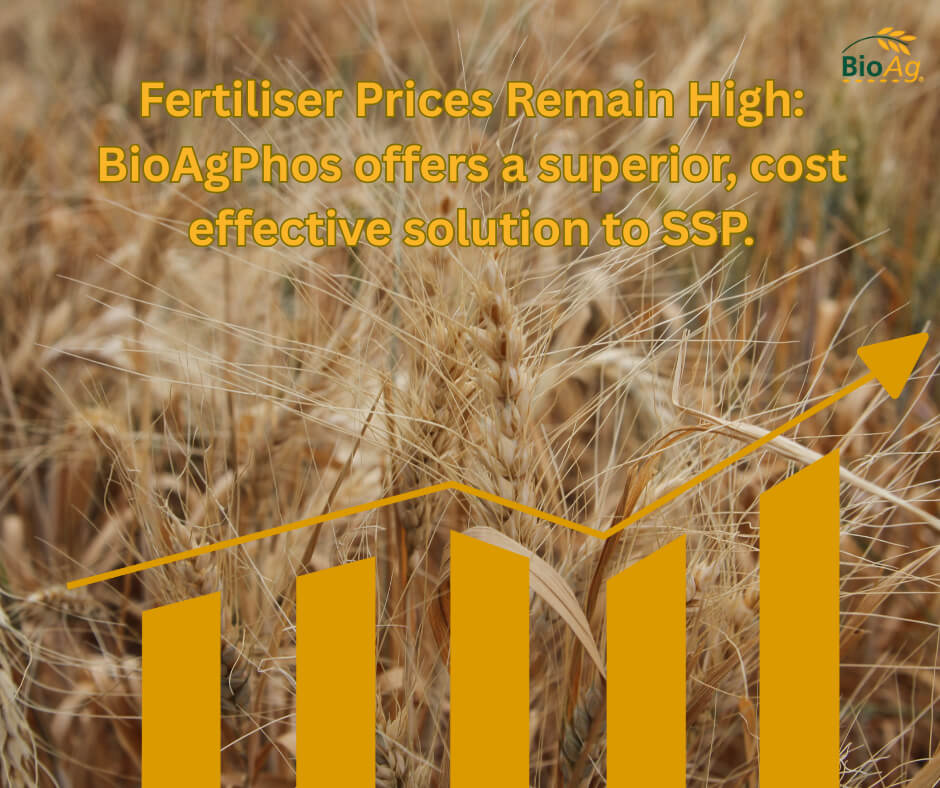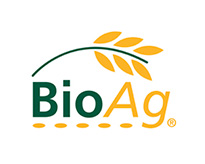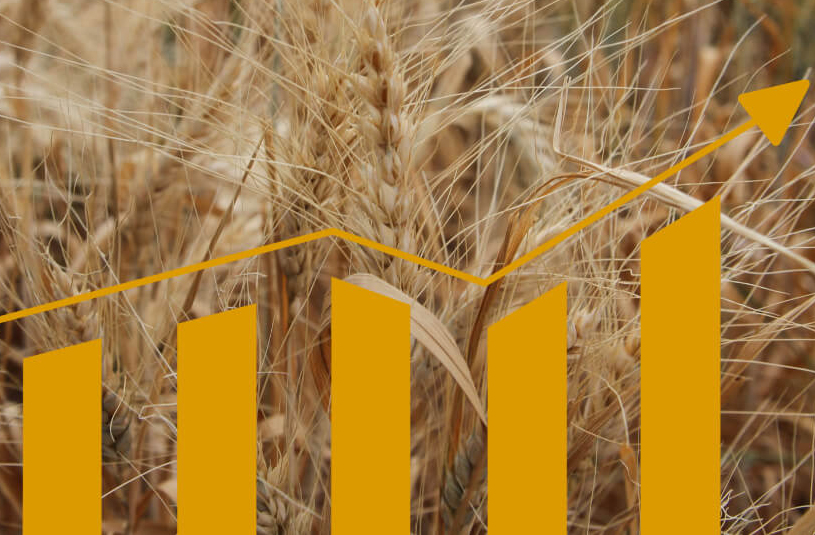
Latest
News
Navigating Phosphate Prices: What’s Driving the Market and What It Means for Australian Farmers
As we approach the end of 2025, phosphate prices remain stubbornly high — and many in agriculture are asking why. The answer lies in a mix of global demand shifts, supply chain changes, and local challenges that have reshaped the fertiliser market.
China’s Growing Appetite for Phosphate
One of the biggest factors driving the current situation is China’s surge in domestic phosphate demand, particularly for use in rechargeable batteries. As electric vehicles (EVs) and home battery systems expand rapidly, China has redirected much of its phosphate supply towards this booming sector.
The result? Significantly reduced phosphate exports, especially of MAP (monoammonium phosphate) and even more so of DAP (diammonium phosphate). For Australia, which has historically relied on imported phosphate fertilisers, this is a major disruption.
Adding to the challenge, Australia’s last mainland SSP (single superphosphate) manufacturing plant in Geelong, operated by IPL, has closed. With no mainland domestic SSP production, we now depend entirely on imports. Some supply is expected from Egypt for the summer/autumn pasture season, but questions remain around both price and quality consistency.

Tight Supply and New Players
When it comes to MAP, China may release only limited quantities. Some supply will come from Saudi Arabia, but those producers are largely committed. Morocco will fill much of the remaining demand, and most purchases will be made on a formula basis, meaning prices can fluctuate significantly as global supply tightens.
Compounding the issue, two of Australia’s major east coast fertiliser suppliers — IPF and Wengfu — have recently changed ownership. IPF was acquired by Ridley’s, a stockfeed business, while Wengfu was bought by FertiGlobe, a Middle Eastern nitrogen fertiliser manufacturer.
Both new owners operate in sectors where working capital requirements are massive, and in high-price markets, this can create cash flow strain. In practical terms, that means greater risk of short supply or ‘stockouts.’ For farmers, securing fertiliser early is now more critical than ever.
Sulphur: Another Pressure Point
Sulphur prices have also hit historic highs. Demand from Indonesia and China — this time for battery mineral refining and extraction — has further tightened supply. Sulphur bentonite is now expected to sell for around $1,000 per tonne, adding yet another layer of cost pressure.
Currently, BioAgPhos is significantly cheaper than SSP for pastures and MAP for cropping, providing a strong, reliable, long-lasting source of phosphorus.
Why BioAgPhos Makes Sense Right Now
Against this backdrop, BioAgPhos offers a superior and cost-effective alternative. Currently, BioAgPhos is significantly cheaper than SSP for pastures and MAP for cropping, providing a strong, reliable, long-lasting source of phosphorus.
However, stocks are limited. We have reasonable quantities available for the coming summer and autumn, but once current supplies are exhausted, restocking could take several months. With higher sea freight rates, rising FOB prices, and a weaker Australian dollar, future shipments will almost certainly cost more.
For those considering S10 BioAgPhos, note that it currently carries a $40 per tonne premium over straight BioAgPhos. Given current sulphur prices, gypsum may be a more economical sulphur source for many growers this year.
Planning Ahead
The fertiliser market is undergoing significant change, and volatility looks set to continue into 2026. The key takeaway for growers is clear: plan early, secure your fertiliser needs, and consider BioAgPhos as a superior, cost-effective solution to protect your business from ongoing price and supply shocks.
For more information, head to our BioAgPhos page or speak to your local BioAg Sales Agronomist who can tailor a solution to your needs and facilitate sales and delivery through your preferred supplier.


Recent Comments